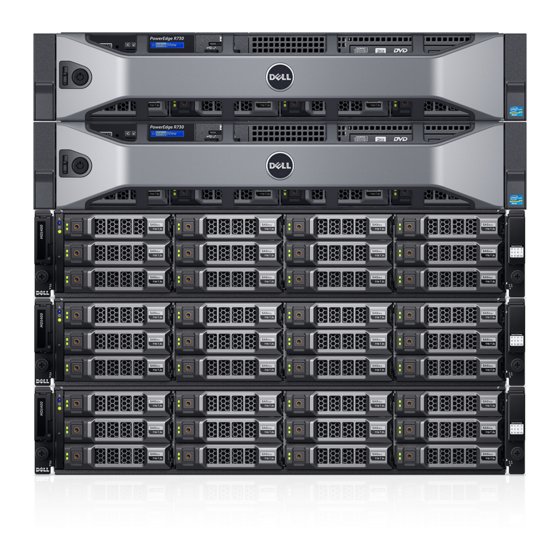
Dell PowerVault MD Series Data Storage Manuals
Manuals and User Guides for Dell PowerVault MD Series Data Storage. We have 2 Dell PowerVault MD Series Data Storage manuals available for free PDF download: Administrator's Manual, Configuration Manual
Dell PowerVault MD Series Administrator's Manual (237 pages)
Storage Arrays
Table of Contents
-
-
Disk Pools21
-
RAID Levels21
-
Segment Size23
-
-
-
-
-
-
-
-
-
-
-
Offline Copy166
-
Online Copy166
-
-
Copy Manager170
-
-
Overview175
-
-
Prerequisites175
-
-
-
Ready for Use178
-
Troubleshooting180
-
-
-
-
Replicated Pairs190
-
-
Overview193
-
Switch Cascading197
-
-
-
-
-
Start-Up Routine223
-
Trace Buffers225
-
Event Log228
-
Recovery Guru229
-
Advertisement
Dell PowerVault MD Series Configuration Manual (17 pages)
Fibre Channel Storage Array configuration with Dell MD3600f/3620f/MD3660f Series Storage Arrays
Table of Contents
Advertisement

